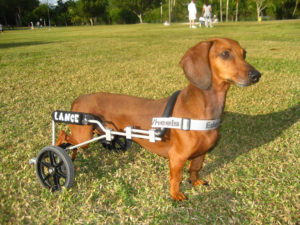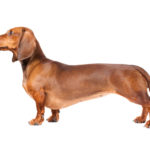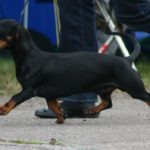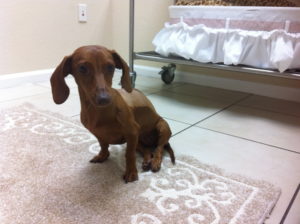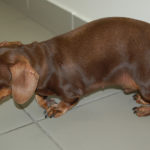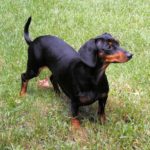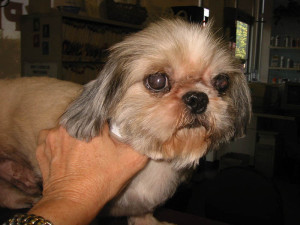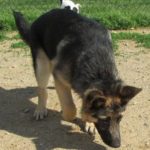Introduction
Dachshunds have good health like most dogs of hunting breeds. However, due to the skeleton structure and characteristics of psychic and nervous system, a dachshund has a number of diseases.
It is sad to see your merry dachshund stays immovable. We will find out what leg problems can dachshunds have and how to avoid these diseases.
Reasons of Leg Problems
Dachshunds mostly have diseases of the spine. This is not surprising, if we observe its structure. Dachshunds’ body disproportionately long and their short legs have to keep a strong load.
There are other reasons that dachshunds are weak and suddenly begin to suffer of. The most common reasons for this unpleasant phenomenon are:
- the consequences of the injury;
- diseases of internal organs;
- diseases of the spine, among which discopathy leads.
The key to successful treatment is directly connected with the rapid and correct diagnosis. The worst effects of paralysis occur when the dog is not treated from what it is really sick. Its condition is getting worse from this treatment. It is not possible to determine the true cause of the disease by external signs without doing various analyses.
The Consequences of the Injury
Dachshunds are fighters and jumpers, they love to fight and jump from a large to their height growth. So they can injure their front or back legs; the last ones suffer more. All these playing can lead to the injury which at first stays insignificant, but then will increase and pinch the nerve. The time interval between injury and paralysis can be significant, and the owners have time to forget about the injury.
Diseases of Internal Organs
Dachshunds can have leg problems due to diseases of the heart, liver and urogenital system. This may be a consequence of micro-stroke and liver disease. If the urine and the blood system work normally and ultrasound of internal organs shows no pathological changes, so the whole problem is with the spinal cord.
Diseases of the Spine
The most wide-spread disease among dachshunds is discopathy. It is associated with a genetic predisposition to the disease of the intervertebral discs.
Simple x-rays cannot show abnormalities of the discs, for accurate analysis and establishment of disease a special analysis – myelography is made. The paralysis can be either partial or complete, when the dog is completely immobile. It happens because of changes in the structure and tissues of the intervertebral discs which are deformed.
The sooner rescue will be provided to the dog, the more successful will be the prognosis of her recovery. Depending on the diagnosis medication in the form of injections is used. A more radical case is spine surgery, after which medical treatment is also continued.
Conclusion
To avoid such sad situations you should monitor your pet’s health and observe its diet. By the way, the diet of a dachshund should consist of vitamins and minerals which are important to keep it fit and healthy. If you do this, your dachshund will live a long and healthy life and be thankful for your care and love.

